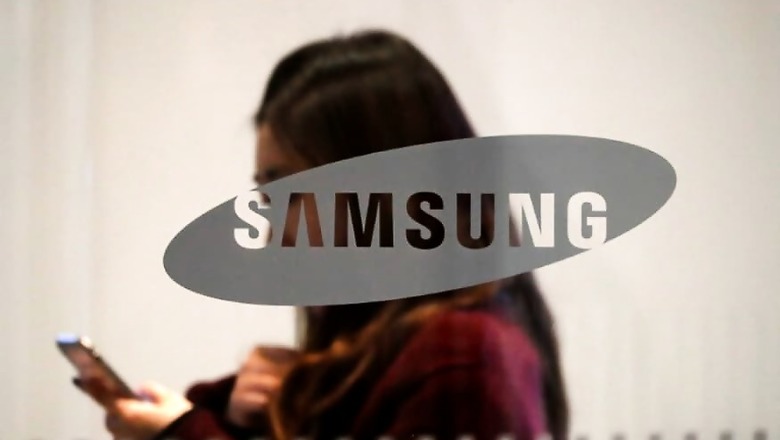
views
Samsung is seemingly working on a smartphone camera with a whopping 600-megapixel sensor. While the sensor resolution is staggering to talk about, this will make for a great feat in terms of the engineering achievement in terms of phone cameras. In fact, this will exceed the capabilities that a human eye can capture, which typically ranges between a 400-megapixel and 500-megapixel resolution. Given the scope, Samsung's press note further suggests that this can push the borders of visual perception, and this may also include aspects like smell and taste.
Samsung has been attempting to innovative in the high resolution space. For instance, in the 108-megapixel sensor used in the Galaxy S20 Ultra, Samsung implemented its proprietary ‘nonacell technology’, which essentially collates together a total of nine pixels in a 3x3 grid. The company currently uses 2X2 pixel binning for 64-megapixel sensors, which is deemed as the industry standard. It has also been rumoured that a potential 192-megapixel sensor may be in the works by Samsung, which would implement a 4x4 pixel binning structure to take computational photography further.
In a statement on Samsung's official blog, Yongin Park, executive vice president and head of sensor business team at Samsung System LSI, said, "To date, the major applications for image sensors have been in the smartphones field, but this is expected to expand soon into other rapidly-emerging fields such as autonomous vehicles, IoT and drones.
"Simply putting as many pixels as possible together into a sensor might seem like the easy fix, but this would result in a massive image sensor that takes over the entirety of a device. In order to fit millions of pixels in today’s smartphones that feature other cutting-edge specs like high screen-to-body ratios and slim designs, pixels inevitably have to shrink so that sensors can be as compact as possible. On the flip side, smaller pixels can result in fuzzy or dull pictures, due to the smaller area that each pixel receives light information from. The impasse between the number of pixels a sensor has and pixels’ sizes has become a balancing act that requires solid technological prowess."
Samsung's plans for such massive sensors are, of course, for the distant future. If achieved, it will be interesting to see what new applications are developed for smartphone cameras, and how imagery changes in terms of nature and abilities eventually.



















Comments
0 comment